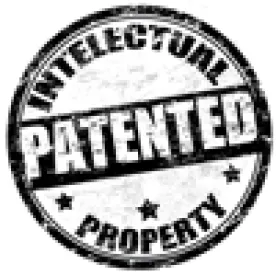In April 2015, the United States Supreme Court adopted Congress’s amendments to the Federal Rules of Civil Procedure, in part abolishing Rule 84 and along with it Form 18, which allows plaintiffs to file bare-bones patent complaints. Until the amendments, a plaintiff could file austere complaints consisting merely of the title of the patent, the patent number and an allegation of infringement. The approved amendments will take effect on December 1, 2015, although district courts may adopt the new standard at any time prior to the official December date.
Background
Since as early as the 1940s, Fed. R. Civ. P. 84 and associated Form 18 provided the austere requirements for direct patent infringement pleading requirements. The Supreme Court’s decisions in Bell Atlantic v. Twombly, 550 U.S. 544 (2007) and Ashcroft v. Iqbal, 556 U.S. 662 (2009) generally increased the level of factual detail a plaintiff is required to show when alleging a claim of infringement. Under Rule 84 and associated Form 18, a plaintiff was essentially required to place the defendant on notice of their infringing conduct. However, after Twombly and Iqbal, district courts required plaintiffs to show that the claim of infringement was “plausible.” Until Congress’s recent adoption, Form 18 superseded the Twombly and Iqbal decisions, providing plaintiffs with the ability to file baseless complaints with no pleading on how the patent was infringed. Over the years, defending frivolous lawsuits and bare-bones patent troll cases has forced companies to expend millions of dollars unnecessarily, even leading to the demise of some companies.
Analysis
The Supreme Court’s adoption of the amendments requires plaintiffs bringing an action of direct patent infringement to show that the claim of infringement is “plausible.” As a result, plaintiffs will be required to invest additional time and money in conducting investigative work and due diligence prior to filing their claim of direct patent infringement.
However, the Supreme Court’s recent adoption creates a hiccup in the system because, if passed, the Innovation Act (H.R. 9), co-sponsored by a bipartisan coalition, will require a level of pleading that goes beyond the “plausibility” standard of Twombly and Iqbal. It was proposed that plaintiffs be required to submit a claims chart that provides an analysis for each theory of infringement asserted in the complaint as filed. As a result, it is likely there will be varying decisions among the district courts on the meaning and the application of the term “plausible.”



 />i
/>i

